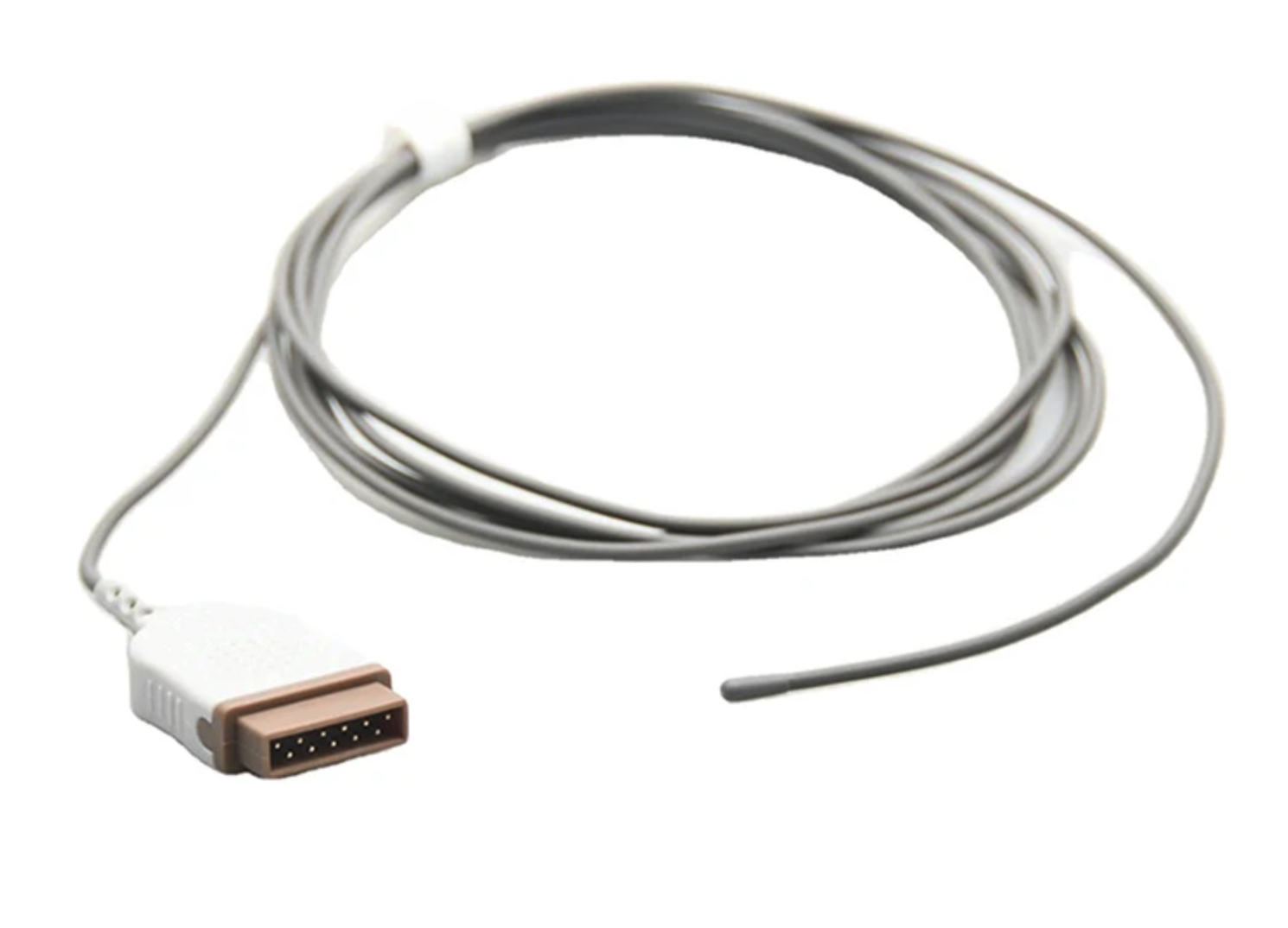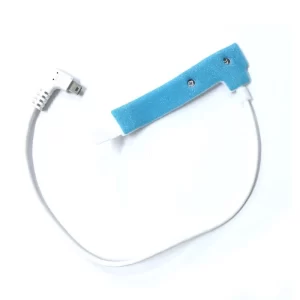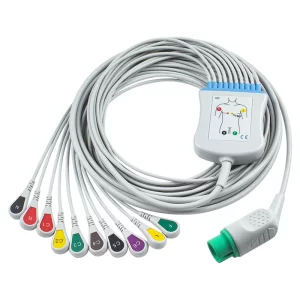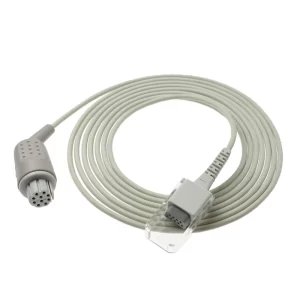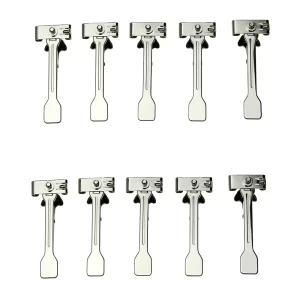Temperature probes are essential devices used for measuring temperature accurately in various applications. These probes are designed to sense temperature changes and convert them into electrical signals that can be interpreted by instruments or systems. In this article, we’ll delve into the different types of temperature probes, their applications, how they work, factors to consider when choosing them, and much more.
Types of Temperature Probes
Thermocouples
Description: Thermocouples consist of two different metal wires joined together at one end, generating a voltage proportional to the temperature difference between the two junctions.
Advantages: Wide temperature range, fast response time, and cost-effectiveness.
Disadvantages: Less accurate compared to other types, susceptible to electromagnetic interference.
Resistance Temperature Detectors (RTDs)
Description: RTDs utilize the principle of electrical resistance change with temperature. Typically made of platinum, they offer high accuracy and stability.
Advantages: High accuracy, stability, and repeatability.
Disadvantages: Limited temperature range and higher cost.
Thermistors
Description: Thermistors are semiconductor devices with resistance that varies significantly with temperature changes.
Advantages: High sensitivity, small size, and low cost.
Disadvantages: Limited temperature range and non-linear response.
Infrared (IR) Sensors
Description: IR sensors detect temperature by measuring the infrared radiation emitted by an object.
Advantages: Non-contact measurement, suitable for moving or hazardous environments.
Disadvantages: Limited accuracy, affected by surface emissivity.
Bimetallic Strips
Description: Bimetallic strips consist of two different metals bonded together, which expand at different rates when heated, causing bending.
Advantages: Simple design, cost-effective.
Disadvantages: Slower response time, lower accuracy.
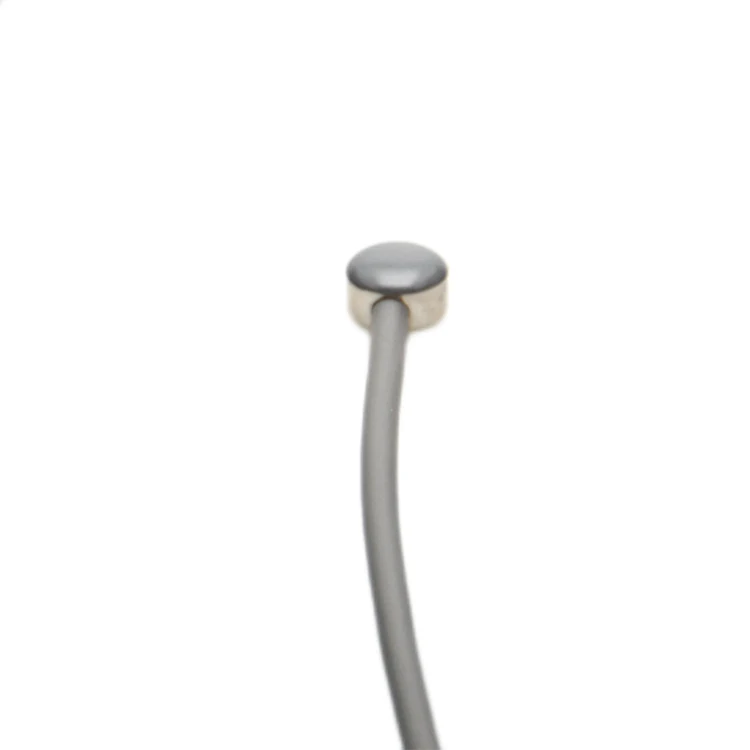
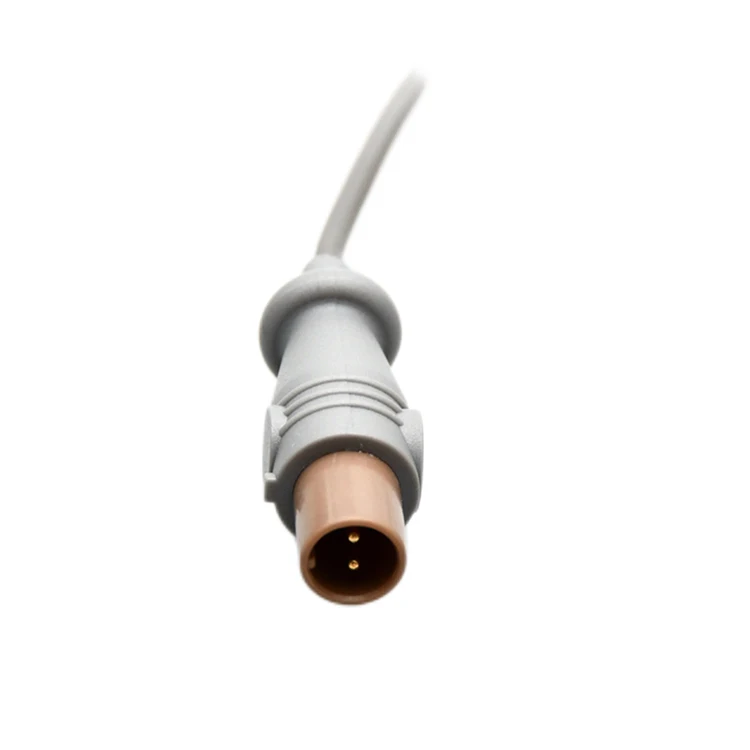
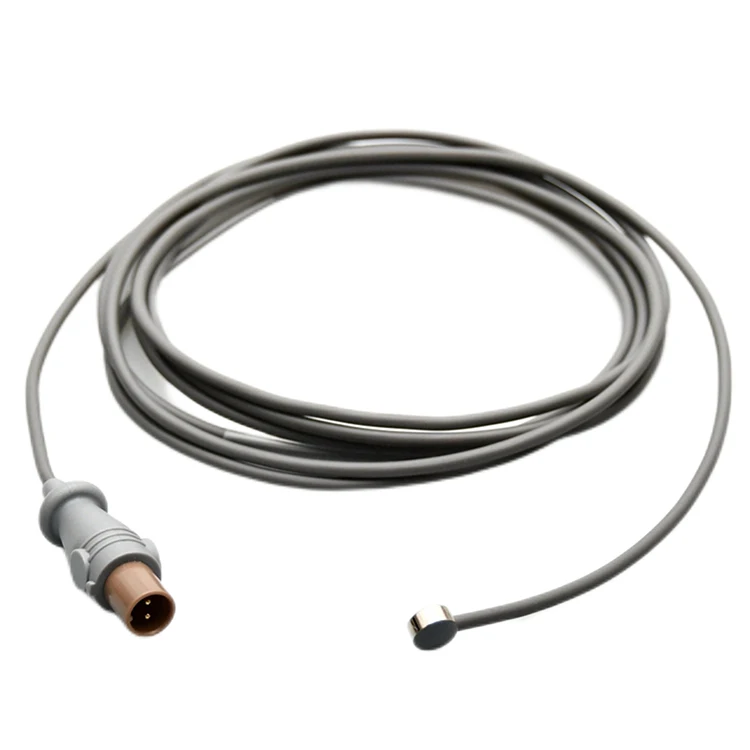
Applications of Temperature Probes
Temperature probes find applications in various industries and environments, including:
Industrial Processes: Monitoring temperature in manufacturing processes such as chemical, petrochemical, and food processing.
HVAC Systems: Controlling heating, ventilation, and air conditioning systems for maintaining optimal indoor temperature.
Medical Sector: Monitoring body temperature in healthcare settings for patient diagnosis and treatment.
Environmental Monitoring: Studying temperature variations in climate research and environmental monitoring.
Automotive Industry: Monitoring engine temperature for performance optimization and safety.
Food Safety: Ensuring food safety by monitoring temperatures during storage, transportation, and cooking processes.
How Temperature Probes Work
Temperature probes work based on various principles such as thermoelectric effect, resistance change, and infrared radiation detection. Essentially, these probes measure the temperature-dependent physical properties of materials and convert them into electrical signals, which are then interpreted to provide temperature readings.
Thermocouples generate a voltage proportional to the temperature difference, while RTDs use the change in electrical resistance. Thermistors exploit the temperature-dependent resistance of semiconductor materials, and IR sensors detect the infrared radiation emitted by objects to determine their temperature.
Factors to Consider When Choosing Temperature Probes
When selecting temperature probes for specific applications, several factors need consideration:
Temperature Range: Ensure that the probe’s temperature range matches the application requirements.
Accuracy and Precision: Consider the level of accuracy needed for the measurement.
Response Time: Evaluate the probe’s response time, especially for dynamic processes.
Environmental Conditions: Assess factors such as humidity, corrosive elements, and physical constraints.
Cost: Balance performance requirements with budget constraints.
Calibration and Maintenance: Consider the ease of calibration and maintenance to ensure reliable operation.
Advantages of Using Temperature Probes
Using temperature probes offers several advantages:
Precision: Temperature probes provide accurate and reliable temperature measurements.
Versatility: They can be used in a wide range of applications across various industries.
Real-time Monitoring: Enable real-time monitoring and control of temperature-sensitive processes.
Cost-effectiveness: Depending on the type and application, temperature probes can offer cost-effective temperature measurement solutions.
Safety: Ensure safe operation by preventing overheating or underheating in critical processes.
Common Industries Using Temperature Probes
Temperature probes are extensively used in industries such as:
Chemical Processing: Monitoring temperature in chemical reactions and refining processes.
Food and Beverage: Ensuring food safety during processing, storage, and transportation.
Pharmaceuticals: Maintaining temperature-controlled environments for drug manufacturing and storage.
Energy: Monitoring temperature in power generation, transmission, and distribution systems.
Automotive: Optimizing engine performance and monitoring exhaust gas temperatures.
HVAC: Controlling heating and cooling systems for comfort and energy efficiency.
Comparison with Other Temperature Measuring Devices
While temperature probes are widely used, they have distinct advantages and disadvantages compared to other temperature measuring devices such as thermometers and infrared cameras:
Thermometers: Traditional thermometers offer simplicity and affordability but may lack accuracy and real-time monitoring capabilities.
Infrared Cameras: Infrared cameras provide non-contact temperature measurement but may have limitations in accuracy and sensitivity compared to temperature probes, especially in dynamic environments.
Maintenance Tips for Temperature Probes
To ensure optimal performance and longevity of temperature probes, consider the following maintenance tips:
Regular Calibration: Schedule regular calibration to maintain accuracy.
Cleaning: Keep the probe clean from contaminants or debris that could affect readings.
Inspection: Periodically inspect the probe for damage or wear and tear.
Storage: Store probes properly when not in use to prevent damage.
Replacement: Replace probes as recommended by manufacturers or if performance degrades.
Potential Issues and Troubleshooting
Common issues with temperature probes include inaccurate readings, slow response time, and sensor drift. Troubleshooting steps may include:
Calibration Check: Verify calibration settings and recalibrate if necessary.
Sensor Inspection: Check for physical damage or contamination.
Environmental Factors: Assess if environmental conditions are affecting probe performance.
Software Update: Ensure that monitoring software and firmware are up-to-date.
Replacement: Consider replacing the probe if issues persist despite troubleshooting efforts.
Future Trends in Temperature Probe Technology
Advancements in technology continue to improve temperature probe capabilities. Future trends may include:
Miniaturization: Smaller probes for integration into compact devices or IoT applications.
Wireless Connectivity: Integration with wireless communication protocols for remote monitoring.
Enhanced Accuracy: Improved sensor technologies for higher accuracy and precision.
Smart Sensors: Sensors with built-in intelligence for self-diagnosis and adaptive control.
Environmental Sustainability: Development of eco-friendly materials and manufacturing processes.
Case Studies
- Pharmaceutical Industry
Challenge: Ensuring precise temperature control in drug manufacturing.
Solution: Implementation of RTD temperature probes with automated monitoring and control systems.
Result: Improved product quality, compliance with regulatory standards, and reduced production costs. - Food Processing
Challenge: Maintaining food safety during processing and transportation.
Solution: Deployment of thermocouple probes for real-time temperature monitoring in cold storage facilities and transport vehicles.
Result: Minimized risk of food spoilage, enhanced product freshness, and increased customer satisfaction.
Environmental Impact
While temperature probes contribute to efficient and safe operation in various industries, their production and disposal can have environmental implications. It’s essential to consider factors such as energy consumption during manufacturing, use of hazardous materials in probe construction, and proper disposal methods to mitigate environmental impact.
Temperature probes play a crucial role in numerous industries and applications, providing accurate temperature measurement for monitoring and control purposes. Understanding the different types of temperature probes, their working principles, and factors influencing their selection is essential for ensuring optimal performance and reliability. As technology advances, temperature probes are expected to evolve with enhanced capabilities, contributing to improved efficiency, safety, and sustainability across various sectors.
FAQs
- How do I choose the right temperature probe for my application?
Consider factors such as temperature range, accuracy, response time, and environmental conditions to select the most suitable probe. - Can temperature probes be used for high-temperature applications?
Yes, certain types of temperature probes, such as thermocouples and RTDs, are designed to withstand high temperatures. - What is the typical lifespan of a temperature probe?
The lifespan of a temperature probe varies depending on usage, maintenance, and environmental factors but can range from several years to a decade or more. - How often should temperature probes be calibrated?
It’s recommended to calibrate temperature probes regularly, typically annually or semi-annually, depending on the application’s criticality and regulatory requirements. - Can temperature probes be repaired if they malfunction?
In some cases, temperature probes can be repaired if the issue is minor, but it’s often more cost-effective to replace them, especially if significant damage or wear is detected.

